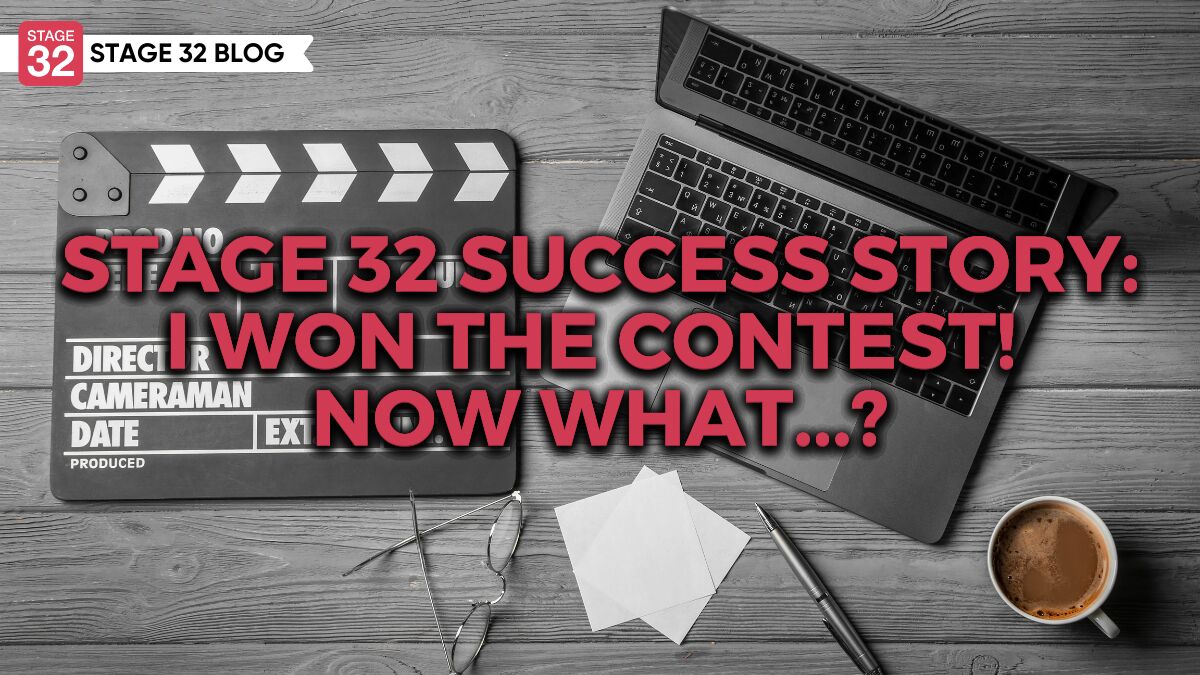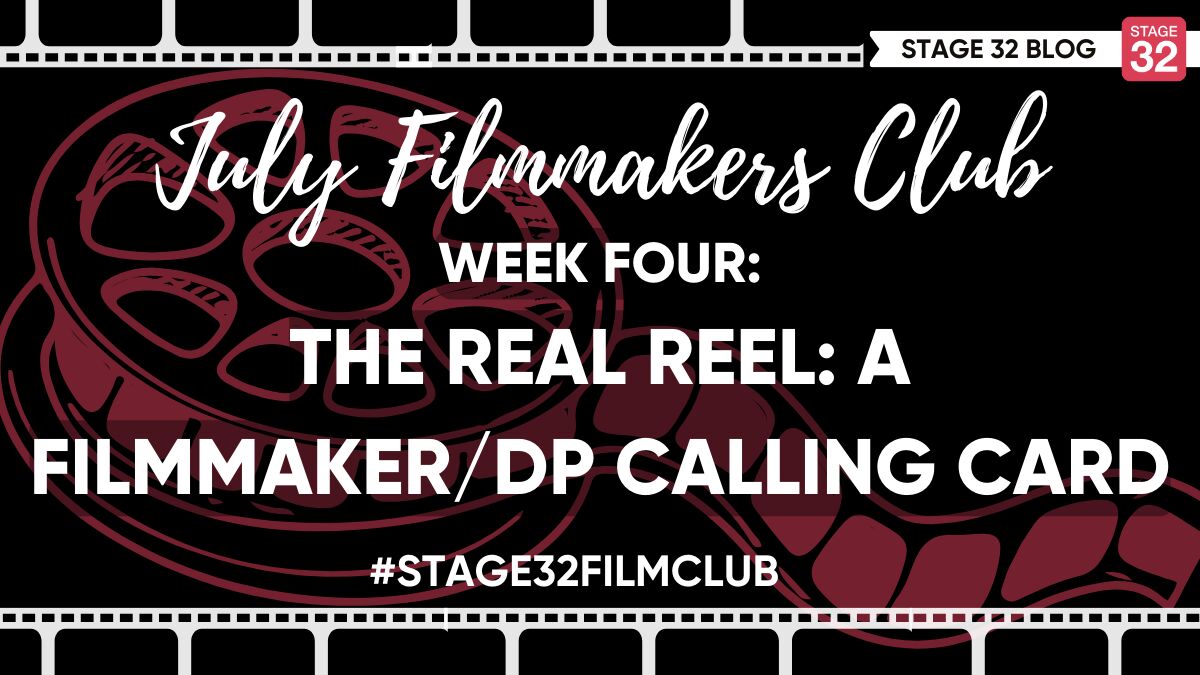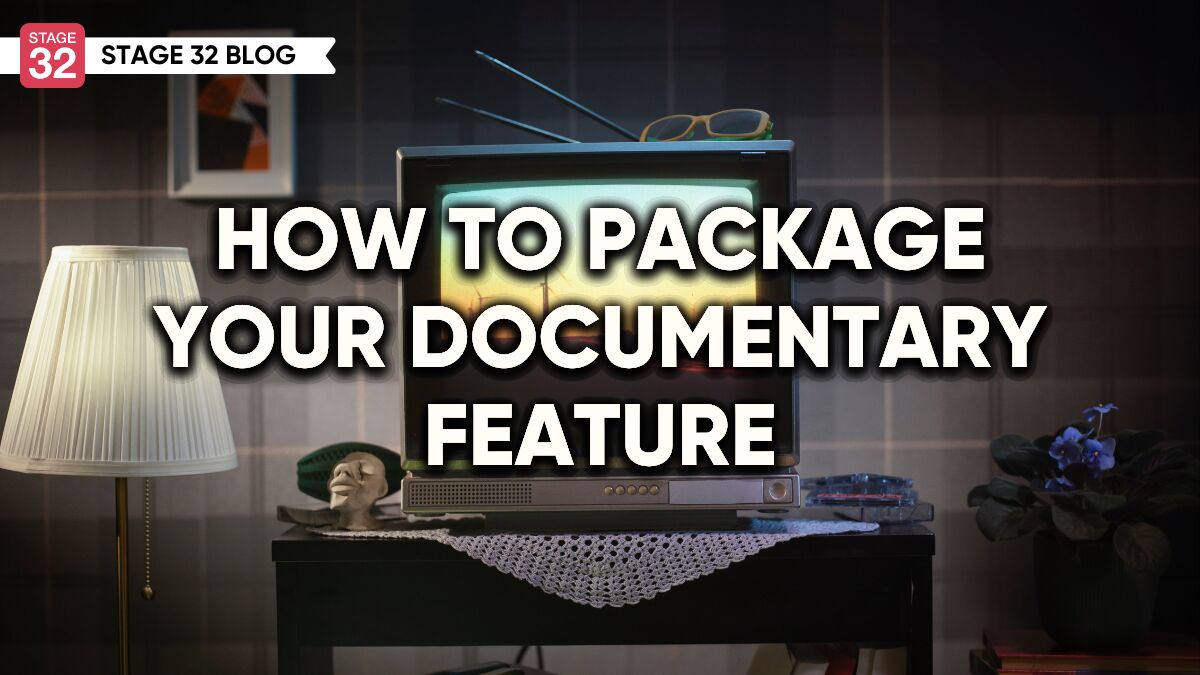How To Package Your Documentary Feature
At some point, most filmmakers come across a great idea for a documentary film. It might be an interesting topic or personality, and you just know there is a story that must be told. But similarly to narrative filmmaking, there’s a huge difference between having an idea and being able to carry it into a finished motion picture.
We talk about “packaging” in scripted films, attachments, pre-sales, and budgets, but oftentimes overlook the importance of doing the same thing in documentary films. The last thing you want to do is just start shooting everything you see, and hope it comes together in the edit. After all, documentaries are reverse-engineered screenplays — you start with a logline, and fill out the story as you go. This doesn’t mean that everything is done by happenstance. Here are some ways to set yourself up for success in packaging a documentary film.

How Can You Access The Subject?
In scripted work, filmmakers work with agents, managers, casting directors, and producers to attach talent. Documentaries also require attachments, and depending on your topic, this can be a direct or complex process. First, do you have a personal relationship with the subject? Why do you have the unique ability to tell this story? Without a script, your currency is trust and experience. Having access to the world you want to build, through personal life experience or relationships, enables you to build trust with the stakeholders. Without this access, you won’t have a documentary to create.
What Are The Market Conditions?
Now that you have access to the subject, have you considered if this is the right time to make this documentary? Just because we can make a film doesn’t always mean we should. For example, in the current documentary environment, having access to a subject doesn’t immediately mean you’ll meet a green light. What kinds of projects are financiers and production companies buying? This is a business, after all, and the money you spend in production needs to be recouped through a sales or overall deal with your production partner. Even if you are producing the film independently, self-financing, or with other investors' money, your risk tolerance should only be as high as that of your investors.

Who Is The Audience?
In a scripted film, we use stars to help pre-sell a film. No matter if the picture turns out good or bad, we can generally expect a certain financial baseline from attaching specific talent with a track record — either at the box office or through streaming. With documentaries, that’s a little harder to forecast. The best way to reach an audience is knowing who your audience is — and then, trying to attach people that might connect with that audience. For example, if you’re doing a true crime story, are there authorities out there that influence the true crime community that can help you meet that audience? When I was directing The Sound of Identity, I interviewed Michael Cooper, who was the Opera journalist for The New York Times, meeting a readership that would potentially watch my film. I did the same thing in The American Question, which features high-profile experts like Amy Chua, Yascha Mounk, and Yuval Levin, who each bring an audience engaged in American politics. Finding ways to expand your audience will help with awareness, especially if the project isn’t celebrity or star-driven.
Delivering A Sensible Budget
Most documentary films do not require the budgets of scripted films, and thus, at a lower price point, the potential for higher profit margins are real possibilities. However, this is only if you can produce the film at a sensible price point. Especially in the current marketplace, where budgets have been slashed and sales prices lowered, this is more important than ever. Ask yourself, “What are the essential things I need to make this project come to life?” If you don’t need to have something to make the film work, drop it from the budget. Keeping your shoot contained, reducing your fee during production, and saving money for post-production and release publicity, will give you more opportunities to make money on the backend with profit participation. Of course, this is high risk, high reward. But sometimes, that’s what it takes to get your film through production.

Clarity Of Marketing In Pitching
Having access, the right marketplace, audience, and budget will only go as far as the clarity of your marketing in the pitch. If the buyer — regardless of it being a production company or private investor — is unsure of how you’re going to position your project in the marketplace, the sale becomes much harder. It’s not enough to have a great idea if that idea cannot be marketed to an audience. Look, I’ve made things that are easier sells, and projects that are harder sells. These are not insurmountable problems. But you as the filmmaker need to make clear how you’re going to make your concept work for a broad audience, whoever that audience might be. If your documentary cannot be distilled to a simple, two-minute sizzle reel, you still have work to do. Grasping these concepts quickly and efficiently not only shows clarity of vision, it also shows that buyers can market your film when you’re done.
I hope these thoughts on packaging your documentary film have been helpful. In my experience, every project is different — and sometimes, different elements of these tenets matter more than others. But repeatedly, these are the things that come up, and I hope thinking on them will strengthen your package as you prepare your latest work. I can’t wait to watch it!

Have You Joined In On Stage 32's July Filmmakers Club?
If not, what are you waiting for? Award-winning filmmaker, Emily Skye, will be live on Stage 32's Instagram (@Stage32) TODAY- July 23rd at 12:00 pm PT to discuss her career! She will also be hosting an all-day Ask Me Anything in the Stage 32 Cinematography Lounge TOMORROW- Wednesday, July 24th to discuss balancing being both a Cinematographer and Director on your projects! The post is already live, so you can go comment with all of your questions for Emily HERE.
You should also join in on this week's July Filmmakers Club Challenges to be eligible for Friday's prize giveaway of 3 DaVinci Resolve Licenses!!
Week Four Challenges:
- Comment on this week's fantastic July Filmmakers Club Week 4 Blog: The Real Reel- A Filmmaker/DP Calling Card (by clicking HERE), sharing your thoughts about online marketing.
- Post in the Stage 32 Filmmaking Lounge sharing your work! We want to see your reels, trailers, photos of you on set, etc. with an explanation of one thing you learned while making them. If you don't have anything to share yet, use this as an opportunity to ask questions about the kind of content you should be making and sharing online (You can find the lounge quickly by clicking HERE).
- Go NOW and follow @stage32, @blackmagicnewsofficial, and @rbwalksintoabar on Instagram! Tag two people that you know on THIS INSTAGRAM POST (Click HERE)!
Let's hear your thoughts in the comments below!
Got an idea for a post? Or have you collaborated with Stage 32 members to create a project? We'd love to hear about it. Email Ashley at blog@stage32.com and let's get your post published!
Please help support your fellow Stage 32ers by sharing this on social. Check out the social media buttons at the top to share on Instagram @stage32 Twitter @stage32 Facebook @stage32 and LinkedIn @stage-32
| Stage 32 Success Story: I Won The Contest! Now What...? |
| July Filmmakers Club Week 4: The Real Reel- A Filmmaker/DP Calling Card |
Search Stage 32 Blog
There are now 4034 blog posts for you to enjoy. Search them all by tags below.
Acting, Advice, Cinematography, Coffee & Content, Composing, Contests, Distribution, Featured, Filmmaking, Financing, Inspirational, Networking, Producing, Screenwriting, Success Stories, Tips, Trending,Relevant Tags
Recommended Articles

Wearing Many Hats As A Creative

What Stage 32's Community Is Really About (Beyond Scripts, Sets, and Showreels)

November Write Club Week #3: How To Make A Strong First Impression When Meeting Execs, Producers, & Reps

The Importance of Proper Script Formatting

Green Lights and Grey Areas: Expanding Creative Collaboration in Publishing

Want Success in the Entertainment Industry? Start Writing Your Own Narrative

Insider Intel: The Studio War & The Rise of Indies

The Stage 32 Community Open House Returns This November — and You’re Invited!

Stage 32 + Mark Creative Management Partner For Exclusive Opportunity for Writers to Land Representation!






